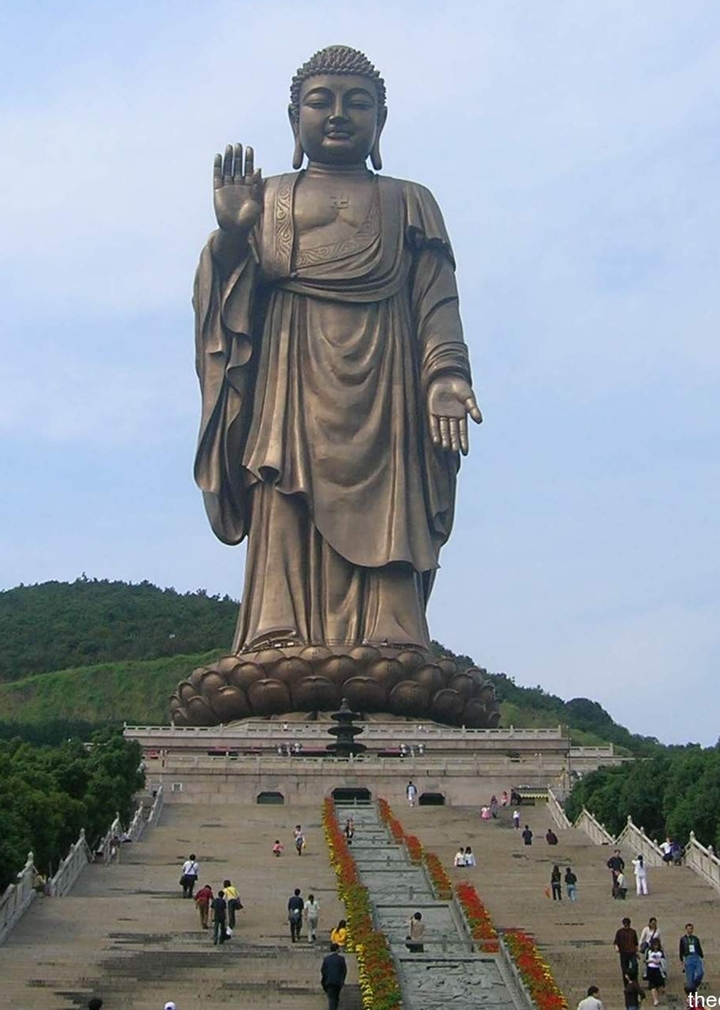Chinese art has "Three Perfections" - calligraphy, poetry and painting. The artists uniquely combine the Three Perfections to present a harmonious whole, though some of these style artworks were worked on by more than one artist.
 |
| Qiao Zhongchang, Illustration to the Second Prose Poem on the Red Cliff, 11th-12th century |
Personally, I believe that these paintings hold significant meaning and along with the development of printing, became central to a great burst of intellectual activity in the 11th century in China.
 |
| Kuncan, Landscape after Night Rain Shower, 1660, Beijing. |

.jpg)

.jpg)
